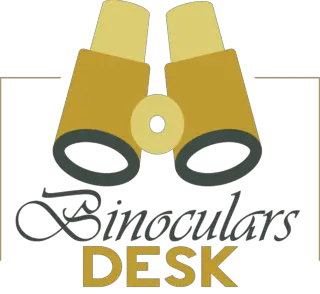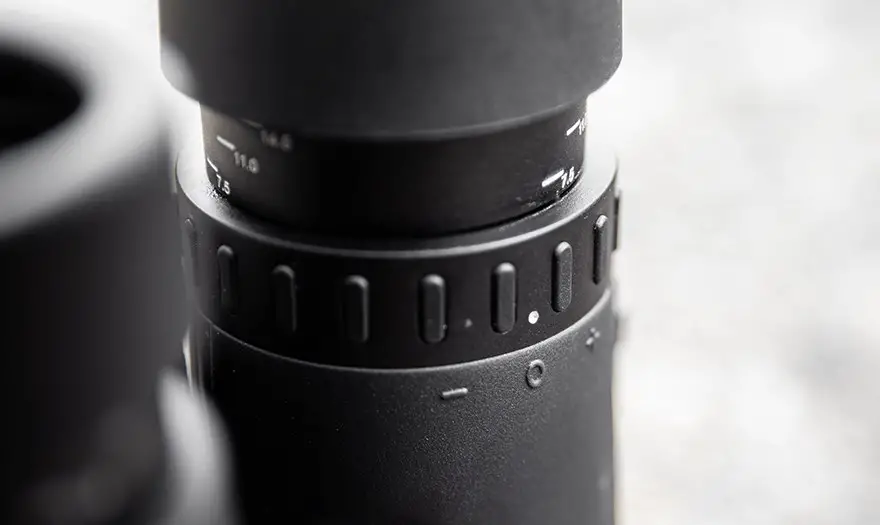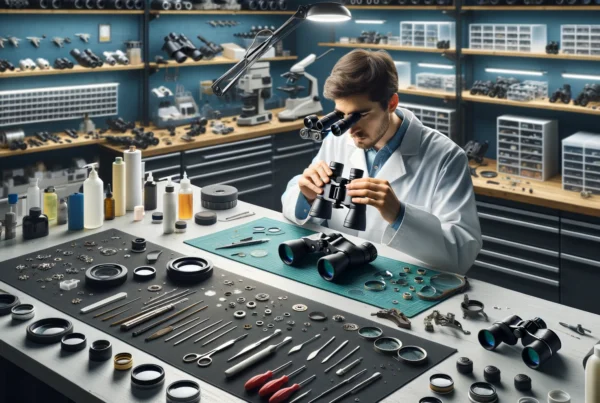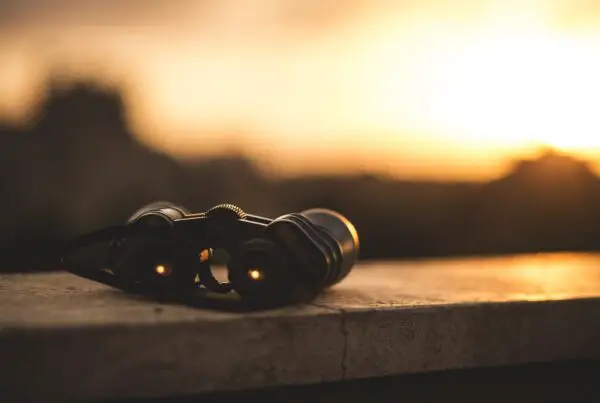Contents
A critical but often overlooked feature of binoculars is the diopter adjustment, which allows users to fine-tune the focus in each eyepiece. Properly setting the diopter is important for achieving sharp, clear viewing and avoiding eye strain.
The diopter adjustment is a feature that allows for the fine-tuning of one eyepiece, generally the right one, to compensate for differences in vision between a user’s eyes. It’s akin to customizing the binoculars to meet an individual’s specific visual requirements, ensuring that both eyes can view the subject with equivalent clarity and focus.
This article will explain what the diopter adjustment is, why it’s important to set it correctly, and provide tips on how to properly adjust the diopters on your binoculars.
What is a Diopter Adjustment?
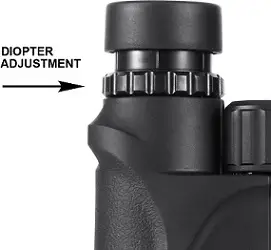
A diopter is a knob or dial on a camera or other optical device that is used to adjust the focus of the lens to compensate for the user’s vision.
Diopter adjustments are common on binoculars. They are also sometimes found on other optical devices, such as telescope eyepieces and gun sights.
The diopter adjustment allows the user to calibrate the lens to their own vision, so that they can see things more clearly. Without the diopter adjustment, the user would have to rely on the focus of the lens itself, which may not be ideal for their vision.
Types of Diopter Adjustment
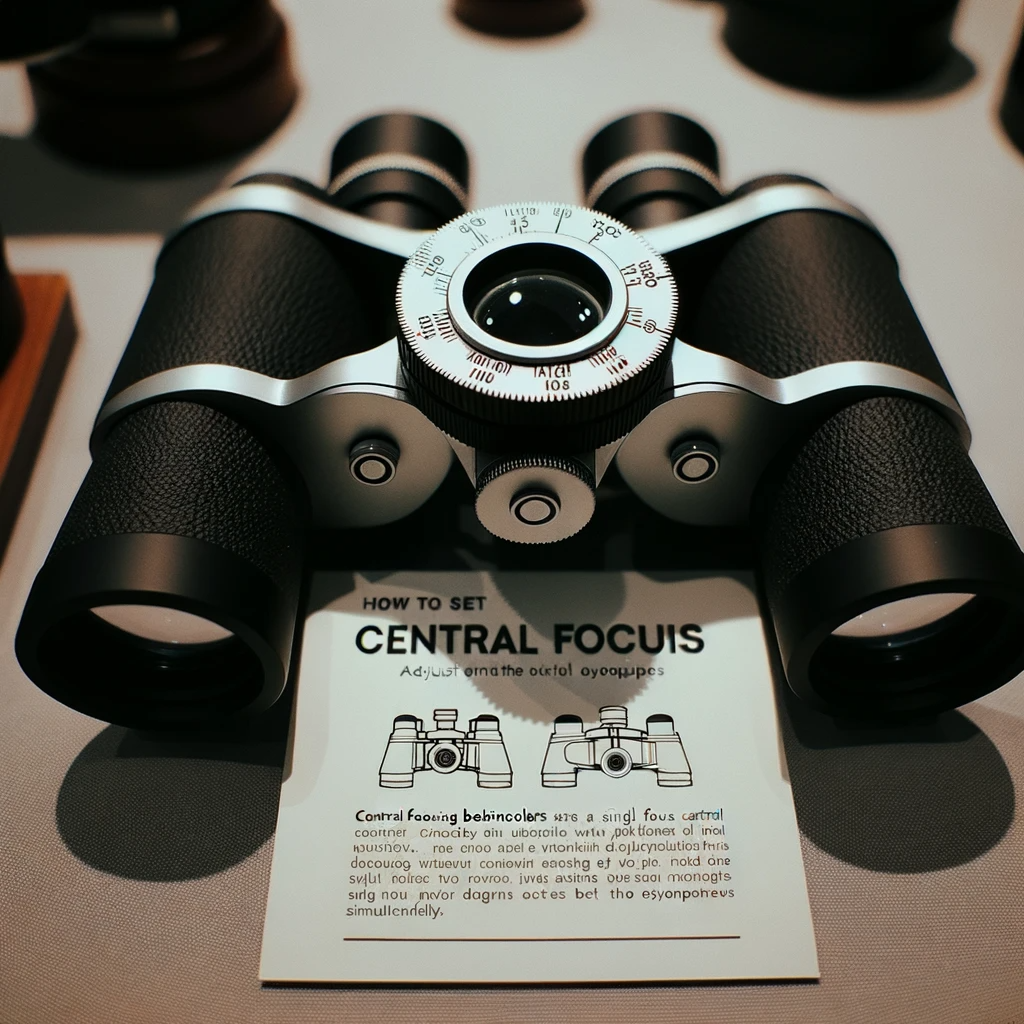
There are two main types of diopter adjustment found on binoculars:
- Central focusing
- Individual focusing
Central Focusing
Central focusing binoculars have a single central focus wheel or knob that adjusts the focus for both barrels simultaneously. To set the diopter on these, first focus the binoculars on a distant object using the central focus wheel.
Then, close your right eye and focus the left eyepiece for your left eye using the diopter ring on that side. Close your left eye, open your right eye, and ensure the right eyepiece is still in focus using the central focusing knob only.
Individual Focusing
Individual focusing binoculars have separate adjustable focus on each eyepiece. To set the diopter, choose a distant object and focus your dominant eye using the central focusing wheel. Close that eye, open your non-dominant eye, and adjust the diopter ring on that side until the object comes into sharp focus.
The process is essentially customizing the focus for your dominant and non-dominant eyes independently for optimized, sharp viewing. Taking the time to properly adjust the diopters is well worth the effort.
How to Adjust Diopter on Binoculars?
Adjusting the diopter on binoculars is a crucial process that requires attention and care. Below is a comprehensive, easy-to-follow guide to ensure you get the best viewing experience possible.
Step-by-Step Guide to Adjusting Diopter on Binoculars
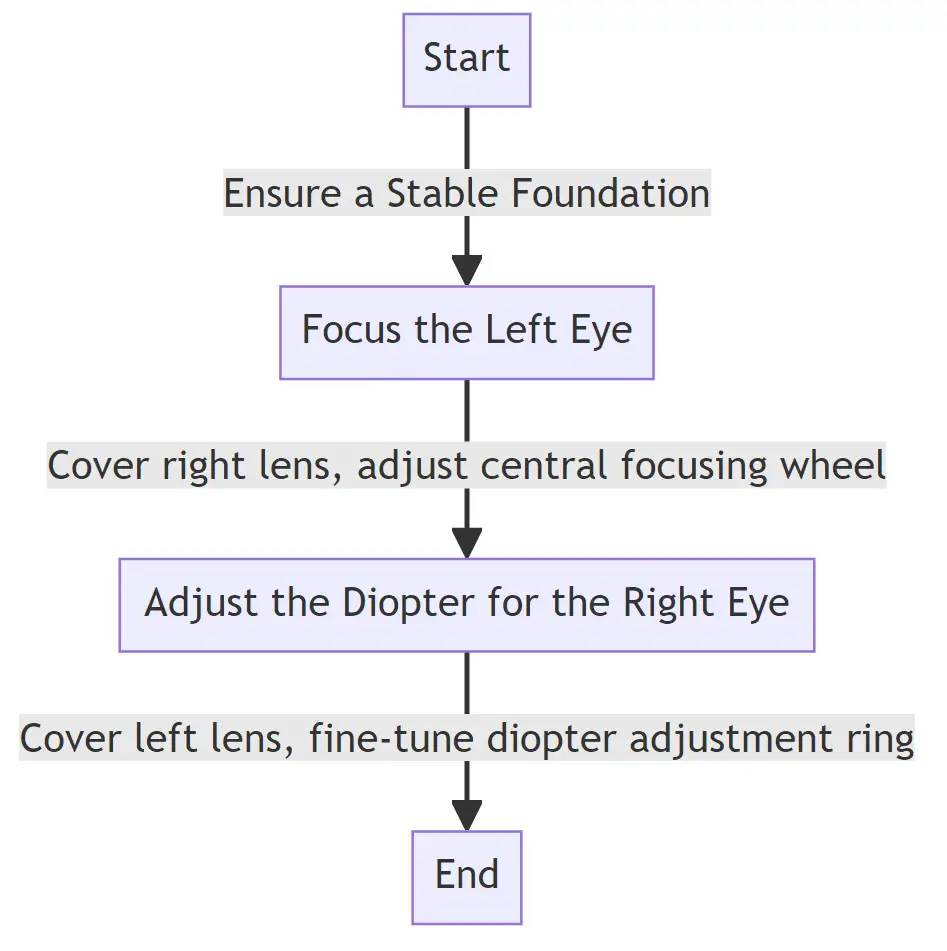
Start with a Stable Foundation
- Ensure that you are in a comfortable and stable position to prevent any shaking or movement during the adjustment process.
Focus the Left Eye
- Cover the right lens (often where the diopter is located) and view an object with the left eye.
- Adjust the central focusing wheel until the image is clear and sharp.
Adjust the Diopter for the Right Eye
- Now, cover the left lens and view the same object with the right eye.
- Fine-tune the diopter adjustment ring until the object appears sharp.
- The diopter setting is personalized, so adjust until it feels comfortable for your vision.
Tips for Getting the Best Results
Use a Singular, Well-Defined Object for Focusing: A distinct object such as a signpost or a tree branch can make the focusing process easier.
Adjust in Good Lighting: Ensure that the environment has sufficient lighting to accurately assess the clarity and sharpness of the viewed object.
Re-check the Adjustment: It is advisable to re-check the diopter adjustment occasionally to maintain optimal viewing conditions.
Common Mistakes to Avoid
Avoid Rushing: Take your time during the adjustment process. Rushing may lead to inaccurate settings and a compromised viewing experience.
Not Compensating for Vision Changes: Regularly update the diopter setting to accommodate any changes in your eyesight over time.
Ignoring the Environment: Environmental factors such as light and distance can affect the diopter adjustment. Be mindful of these variables when tuning your binoculars.
How to Do the Accurate Adjustment?
You can start by making sure that the binoculars are properly aligned and that the eyepieces are set to the correct diopter setting for your eyes. Once this is done, you can then fine-tune the diopter setting by looking through the binoculars at a distant object and slowly adjusting the diopter until the object appears as clear as possible.
Locking Diopter — What does It Mean?
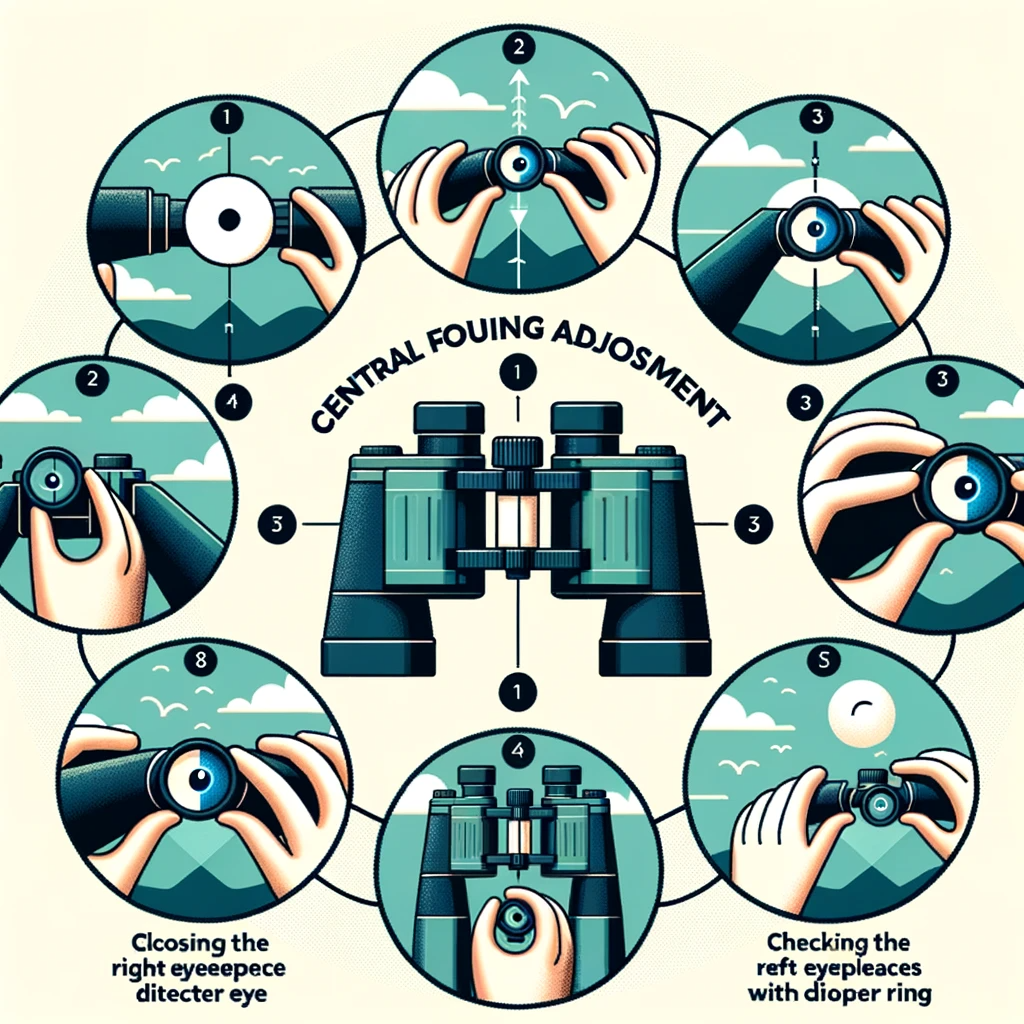
A locking diopter is a feature on binoculars that allows the user to lock the diopter setting in place. This is useful if the user wants to be able to quickly and easily return to the same setting without having to adjust the diopter each time.
The diopter is the knob on the binoculars that allows the user to adjust the focus of the lenses. By locking the diopter in place, the user can be sure that the lenses will remain in focus, even if the binoculars are jostled or moved around.
Why is the Diopter Adjustment Needed?
The diopter adjustment is needed in binoculars because it allows the user to adjust the amount of light that is entering the binoculars. This is important because it allows the user to see objects that are far away more clearly.
The diopter adjustment also allows the user to focus the binoculars on objects that are closer to them. This is important because it allows the user to see objects more clearly that are closer to them.
Frequently Asked Questions
Does Every Binocular have an Adjustable Diopter?
Many binoculars have diopter adjustment. The diopter adjustment is used to compensate for small differences in vision between your two eyes. This adjustment is important to get the best clarity and sharpness from your binocular.
How does Diopter Relate to Vision?
The diopter adjustment on a pair of binoculars allows the user to fine-tune the focus of the instrument to their own vision. This is important because everyone’s vision is slightly different, and what may be in focus for one person may be slightly out of focus for another. By adjusting the diopter, the user can ensure that they are seeing the clearest possible image.
What is the Maximum Diopter Adjustment Range in Binoculars?
The maximum diopter adjustment range in binoculars is +2.5 to -5.0.
Conclusion
By adjusting the diopters of binoculars, users can customize the level of magnification and focus to better suit their needs. This can be especially beneficial for users who have poor vision or who need to see objects in low-light conditions.
Adjusting the diopters can also help reduce eye fatigue and strain. The diopter can be used to correct for nearsightedness, farsightedness, and astigmatism. The diopter can also be used to correct for the different refractive power of the two eyes.

A Binoculars enthusiast, who love exploring skies and watching birds. It is my hobby to collect Binoculars of different kinds and try to explore the world through various lenses. This is all I do to explore happiness by magnifying my beautiful world.
